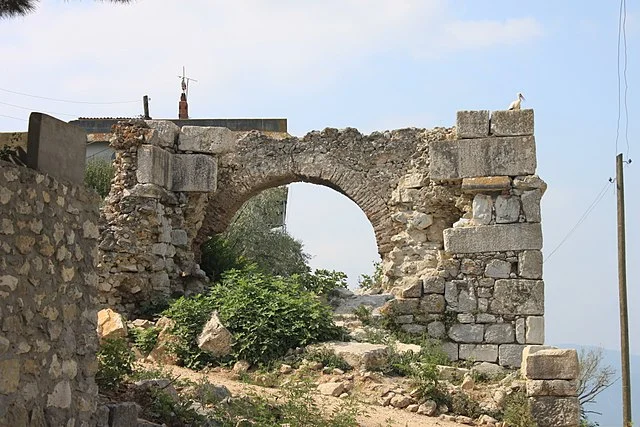Apollonia ad Rhyndacum was an ancient Greek city located in modern-day Turkey, near the southern shore of the Sea of Marmara. It was founded around the 7th century BC and played an important role in the history of the region. The city was strategically positioned at the mouth of the Rhyndacus River (modern-day Yesil Çay), which facilitated trade and communication between the Aegean and inland Anatolia.
Get your dose of History via Email
Founding and Early History
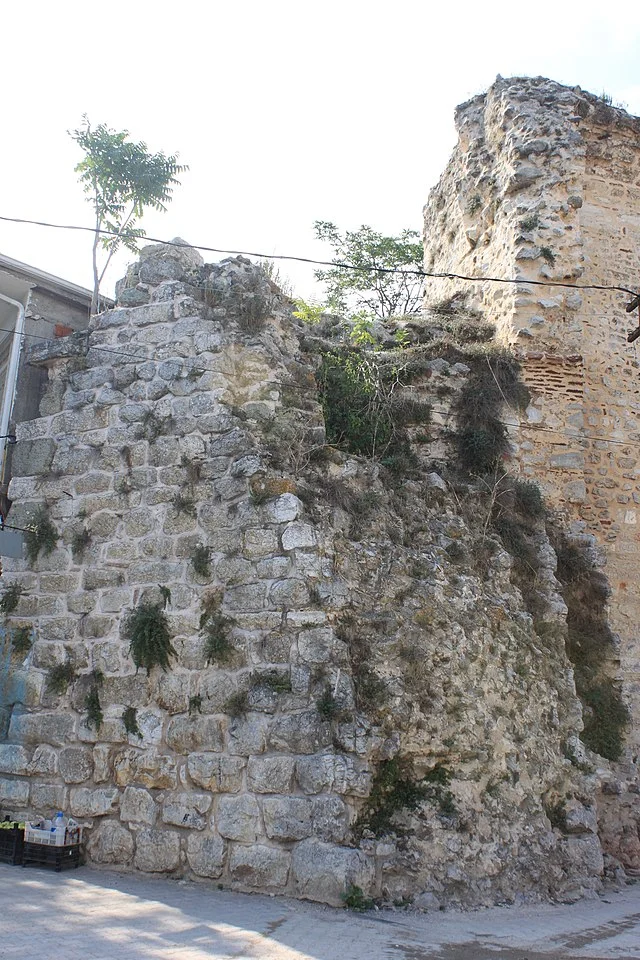
Apollonia was likely founded by Greek colonists, who established it as a trading post and military stronghold. The name “Apollonia” refers to the Greek god Apollo, indicating the city’s connection to religious practices. The “ad Rhyndacum” part of its name signifies its proximity to the Rhyndacus River. The city’s founding is dated to the 7th century BC, though some sources suggest it may have been established even earlier.
Political and Cultural Significance
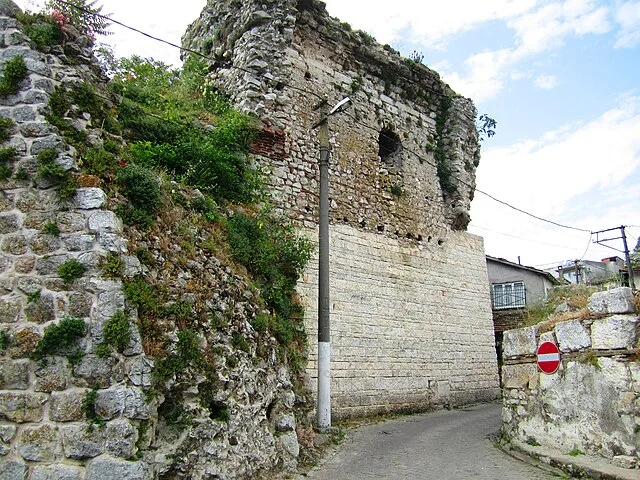
Throughout its history, Apollonia ad Rhyndacum was influenced by various cultures. The city was a part of the Hellenistic world following the conquests of Alexander the Great in the 4th century BC. It later became a part of the Roman Empire after the region was incorporated into the Roman province of Asia in the 1st century BC. Under Roman rule, Apollonia thrived, benefiting from the empire’s extensive trade networks and infrastructure.
The city was known for its wealth and cultural contributions, including a strong local school of philosophy. It was also a key player in the region’s economic life, engaging in trade with nearby cities and the Aegean islands. Archaeological evidence suggests that Apollonia had a well-developed urban layout with public buildings, temples, and theatres.
Decline and Abandonment
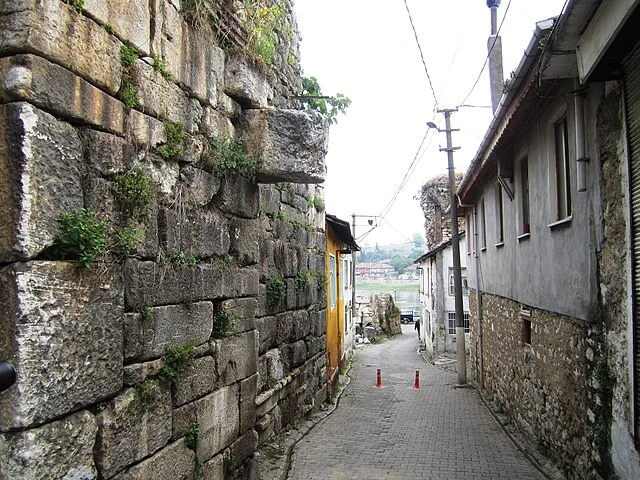
Apollonia ad Rhyndacum’s decline began in the Byzantine period, when the city’s importance waned due to changes in trade routes and political instability in the region. By the 7th century AD, the city had largely been abandoned, though its ruins still stand today, providing valuable insight into the history of the area.
Archaeological Findings
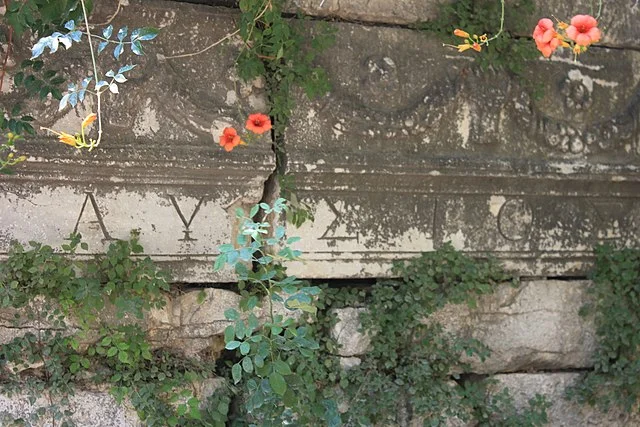
Archaeological excavations at Apollonia ad Rhyndacum have uncovered significant remains. These include city walls, residential buildings, and public structures such as a theatre and baths. The most notable finds are inscriptions, pottery, and other artifacts that shed light on the city’s cultural and economic life. These discoveries have contributed greatly to our understanding of ancient Greek urban planning and Roman provincial life.
Legacy
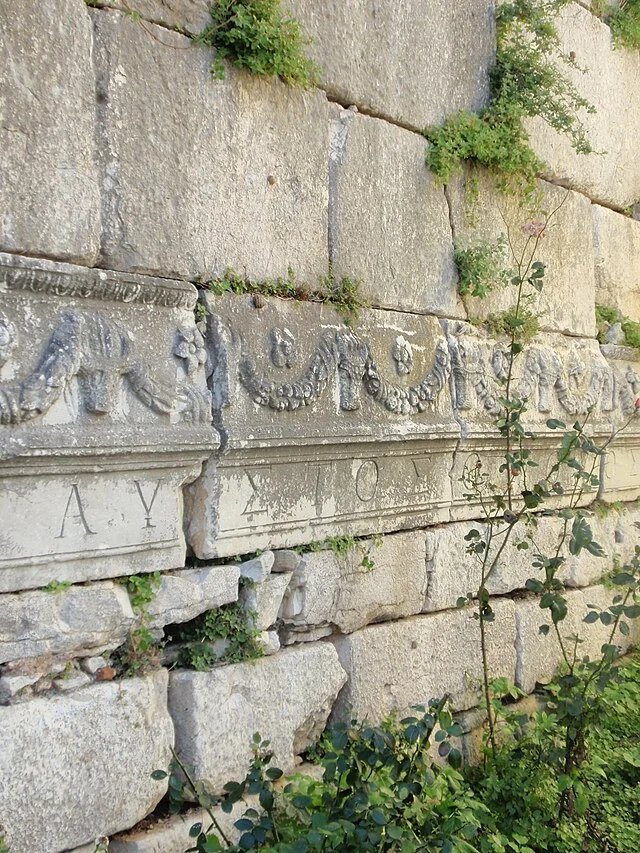
Apollonia ad Rhyndacum’s legacy is visible in its ruins and its historical significance as a part of the broader Hellenistic and Roman world. It offers a unique glimpse into the cultural and economic exchange between the Greek, Roman, and Anatolian worlds.
In conclusion, Apollonia ad Rhyndacum played an important role in the ancient world. Its strategic location and rich cultural heritage make it a key site for understanding the development of ancient Greek and Roman civilizations in Anatolia. Today, it stands as a testament to the region’s historical significance.
Source:

